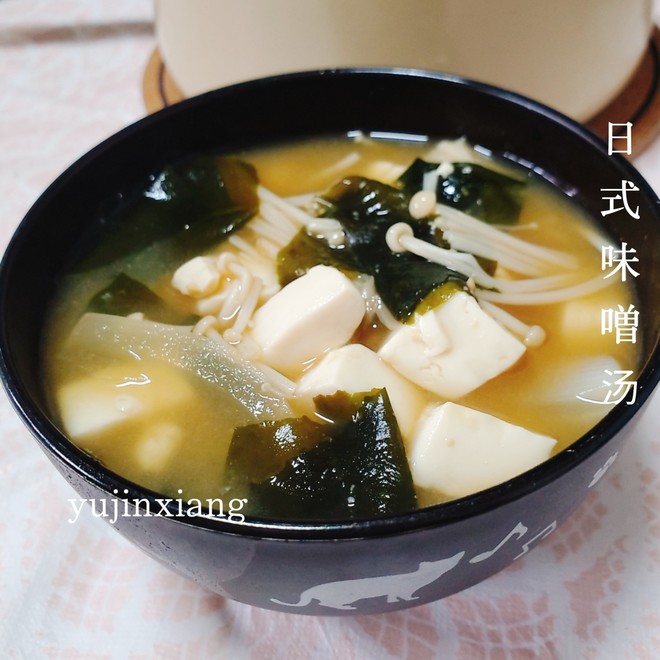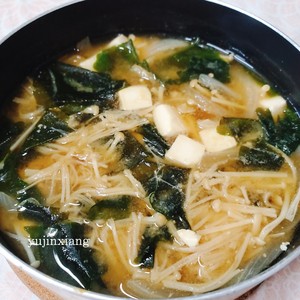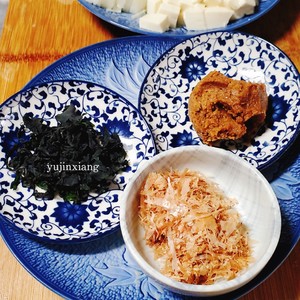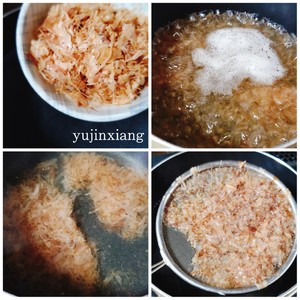The Japanese Teach You How to Make Miso Soup (japanese Home Cooking, You Can’t Drink Enough for A Lifetime~)
by Tulip's Japanese-style health pavilion
Favorite
Difficulty
Normal
Time
15m
Serving
2
A Japanese eldest sister in the company opened a Japanese restaurant in Kobe with her brother when she was young. After the Great Hanshin Earthquake, she left Kobe alone and went to Tokyo to make a living. Later I went to work in our current company. She is naturally cheerful and good at cooking. We often eat delicious delicacies made by her. Among them, this bowl of miso soup, which is indispensable at noon every day, is healthy, nutritious, simple and delicious. A bowl of stomach, warm body, stomach and heart, sometimes moved to cry. Because it really tastes like a Japanese mother~
Nowadays, like this Japanese elder sister, I work hard every day to make some nutritious and delicious miso soup for my family. Everyone in the family said it was delicious, and they said that they would not drink enough for a lifetime!
Nowadays, like this Japanese elder sister, I work hard every day to make some nutritious and delicious miso soup for my family. Everyone in the family said it was delicious, and they said that they would not drink enough for a lifetime!







